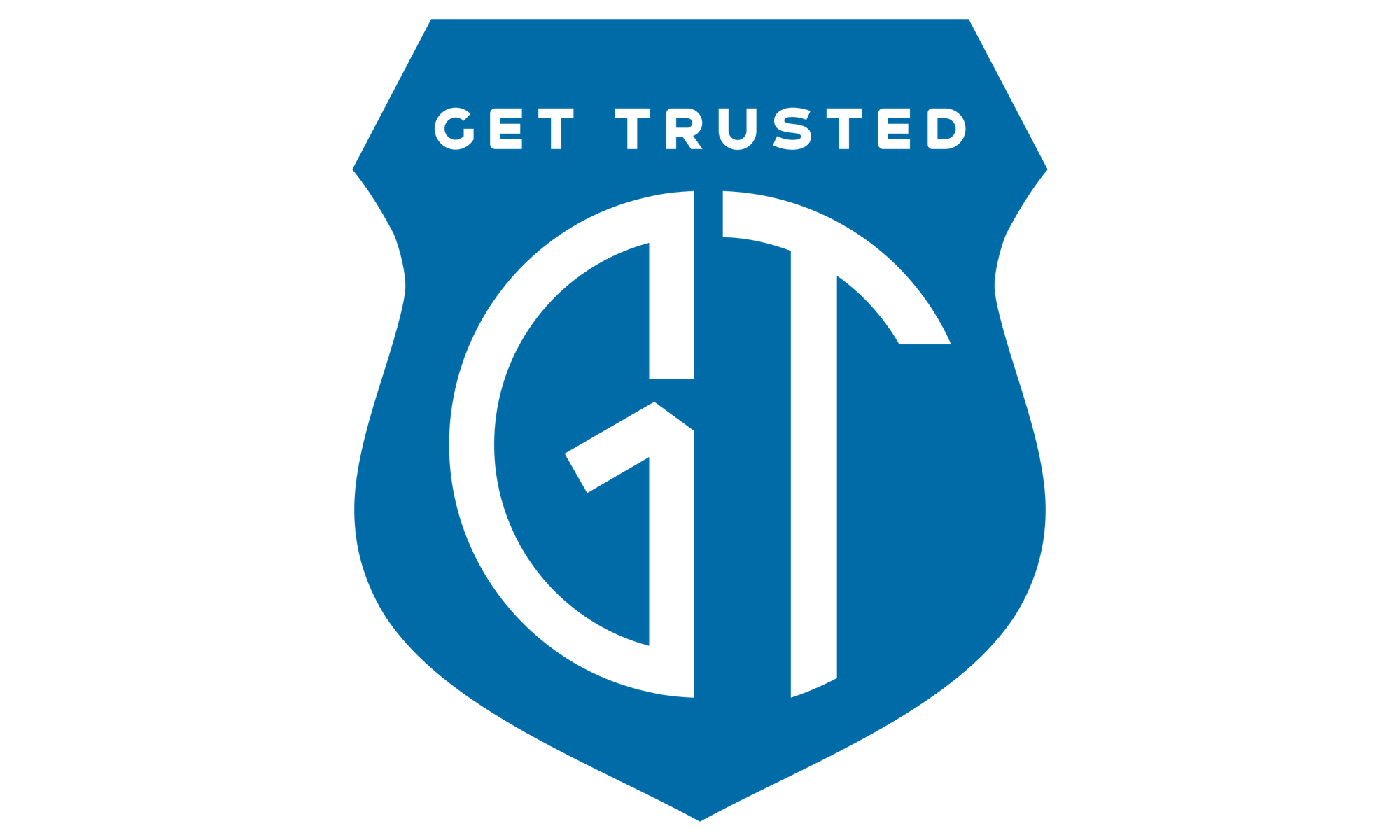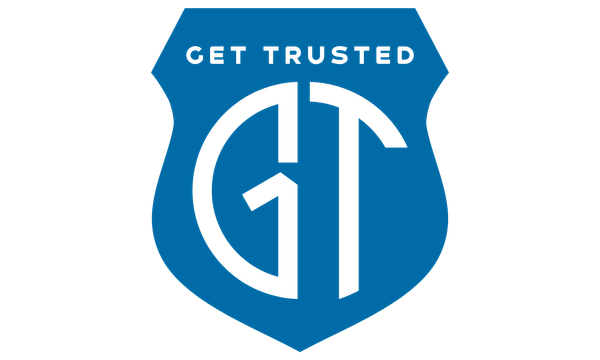Trust in 10 Seconds: Why We Built GetTrusted

By Matt Jezorek, Co-Founder of GetTrusted
People think trust takes time. In incident response, I learned the opposite.
When you walk into a crisis—whether it's a outage affecting millions of users or a compromised account with global impact—you have about 10 seconds to earn trust. If the room doesn't trust you in those first 10 seconds, the damage spreads. Fast.
But here's what I didn't expect: the same principle applies when your phone rings and someone claims to have kidnapped your family.
The Call That Changed Everything
My co-founder Jon recently got a call no one should have to take. His wife's name appeared on caller ID. When he answered, a man's voice said: "Jon, listen carefully. I have your family. If you don't want them hurt, do exactly what I tell you."
Jon's heart jumped. He muted the call and scanned the room. His kids were right there. His wife had just walked into the next room. Everyone was safe. But something haunted him.
What if they hadn't been home?
What if he had no way to verify the threat was fake? The caller had his wife's phone number and enough personal details to sound convincing. In that moment of not knowing, most people send the money first and ask questions later.
That call didn't just shake Jon. It crystallized exactly what we needed to build.
The Problem: $55 Billion in Missing Trust
Every day, families lose money to scammers pretending to be loved ones. Businesses wire millions to fraudsters impersonating executives. $55 billion is lost annually because there's no reliable way to verify who's really calling or emailing you.
The core issue is simple: email addresses and phone numbers can be spoofed. When "grandma" calls asking for money or the "CFO" emails requesting a wire transfer, there's no cryptographic proof of identity—just easily faked metadata that everyone treats as real.
We've been patching this problem with filters, training, and hope. But filters fail, training gets forgotten under pressure, and hope isn't a security strategy. That’s like handing someone a pamphlet on fire safety while their kitchen’s burning.
The Solution: Cryptographic Identity Verification
GetTrusted does one thing exceptionally well: it proves who you're talking to.
Here's how it works:
1. One-time setup - You and your family/colleagues exchange cryptographic keys (simple QR code scan, like adding a contact). For organizations, our OIDC integration allows for seamless, automated workplace identity generation, and trust policies.
2. Universal verification - The same trusted relationship works across email, phone, text, and video calls
3. Real-time proof - When someone contacts you claiming to be a trusted person, your phone gets an instant notification and you can challenge that claim.
4. Secure by design - Private keys are stored in your phone's hardware security chip and never leave your device
If the real Jon is calling, his phone can cryptographically prove it's him. If it's a scammer, they can't—because they don't have his phone or his private key.
We built this with the experience of decades in the trenches of enterprise security. This isn't experimental technology or blockchain marketing—it's proven cryptography deployed where it's never been available before.
The difference:
- Cross-platform: Works across all communication channels, not just one app
- User-controlled: No central authority can revoke your identity or spy on your relationships
- Hardware-secured: Uses the same chip-level security that protects your Face ID and banking apps
What this enables:
For Families & Individuals: Instantly verify calls from elderly relatives before sending emergency money. Stop falling for voice deepfakes and email impersonation.
For Businesses: Confirm executive communications before processing wire transfers. Enable helpdesks to verify employees faster and safer before processing password resets or system changes.
GetTrusted integrates with existing enterprise systems like Google Workspace or Microsoft 365 using OpenID Connect. When employees log in, they generate a cryptographically verifiable work identity linked to their personal keys. Organizations can define trust policies through a dedicated enterprise portal.
This creates a verifiable trust fabric across your entire organization, making it exponentially harder for social engineers to succeed—whether it's a fake CEO email or a helpdesk scam.
Why We Know This Will Work
I've led security teams at Amazon and Dropbox try to solve identity problems with training, filters, and policies. I have seen security engineers fall for phishing, I have seen the industry blame the users over and over. We don't realize none of these solutions work when someone's panicking.
But I've also seen what does work: cryptographic proof. When we needed to verify that a security engineer was really the person resetting critical systems during an outage, we used hardware-backed keys. When we needed to prove user data integrity to 700 million people, we used cryptographic signatures.
The same math that enterprises use when they need it most, is sitting in your pocket unused.
We didn't invent new cryptography—we made proven cryptography work for regular people on devices they already have.
The Same Problem at Work and Home
The weakest link isn't the technology. It's the human moment when someone trusted asks you to do something urgent.
The kidnapping scam, CEO wire transfer scam, and help desk social engineering attacks are the exact same attack. Someone you trust appears to need help immediately. This is the proven time crunch method for social engineering. Your training may say "verify first" but your brain says "help now."
That's why we built this to work everywhere—not just email, not just calls, but across every way people communicate. Because attackers don't stick to one channel, and neither should verification.
The Network Effect
Here's what makes this different from every other security tool: each verified relationship makes the whole network stronger.
When you verify your relationship with family, friends, and colleagues, you're not just protecting yourself—you're building a web of cryptographic trust that makes everyone safer. The more people use it, the harder it becomes for bad actors to succeed anywhere in the network.
What Happens Next
We're opening early access soon for GetTrusted. This isn't a beta test—it's the real system, starting with the people who need it most. We’ll roll out in waves—early signups get priority access and shape what’s next.
If you've ever gotten an urgent call that made your heart race, if you've wondered whether that wire transfer request was really from your CEO, or if you want to make sure your elderly parents never fall for a scam call again—this is for you.
Join Early Access
We're starting with families and security-conscious professionals who understand that hope isn't a strategy. People who know that "trust but verify" only works if you can actually verify.
Early access users will:
- Help shape the product - Your feedback directly influences what we build next
- Get first access to new features and verification methods as we add them
- Build the foundation of the trust network that protects everyone
The 10-Second Test
The next time your phone rings with an urgent request—whether it's your loved one asking for bail money or your CEO requesting an emergency wire transfer, you'll have a choice:
Hope it's real and risk everything.
Or know it's real in 10 seconds.
We're building GetTrusted so you never have to choose hope over certainty again.
Join early access at gettrusted.app or request a demo at demo@gettrusted.app either way, you'll never have to choose hope over certainty again."



